7 Different Types Of Dandruff You Should Know About
By: Priyanka Maheshwari Fri, 10 Nov 2023 12:37:19
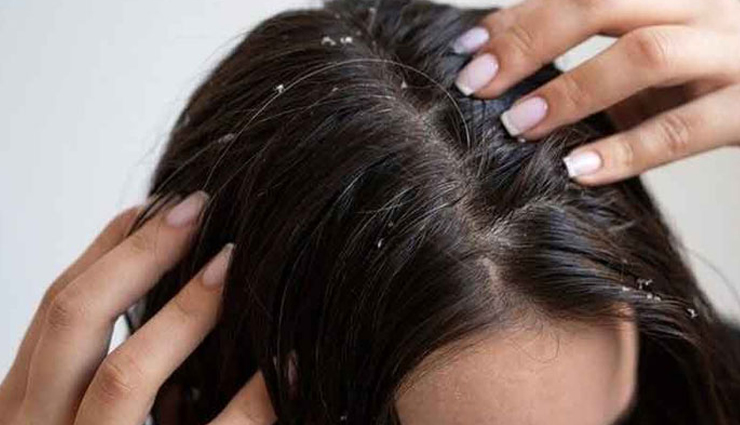
Are you self-conscious about the presence of dry dandruff that's noticeable on your attire? Dandruff is a common scalp issue that leads to itching and flaking. This persistent scalp condition arises due to the shedding of dead and damaged skin cells, resulting in unsightly white flakes appearing on your hair, shoulders, forehead, and clothing. These flakes can lead to scalp inflammation and severe itching, negatively impacting your self-assurance!
In the following article, we've compiled information on various types of dandruff, their underlying causes, and practical remedies to address them. Keep reading to discover effective strategies for tackling this issue head-on!
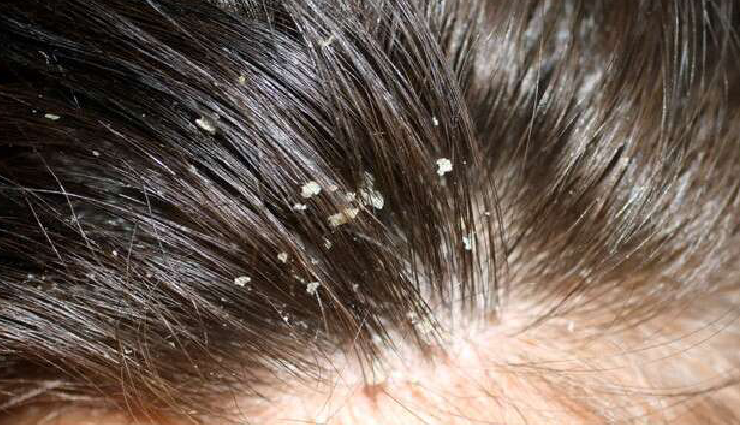
# Dry Dandruff
This is the most common type of dandruff. It appears as white or gray flakes on your scalp and hair, often caused by dry skin or insufficient moisturization. Dry dandruff, also known as "pityriasis simplex," is a common scalp condition characterized by the shedding of dry, white or grayish flakes of dead skin from the scalp and hair.
Common symptoms of dry dandruff include itching and discomfort on the scalp. Scratching the scalp can worsen the condition and lead to redness and irritation. Managing dry dandruff typically involves using specialized anti-dandruff shampoos and products. Look for shampoos containing active ingredients like pyrithione zinc, selenium sulfide, or salicylic acid, as they can help control dandruff. Regular and gentle shampooing can also prevent the accumulation of flakes.
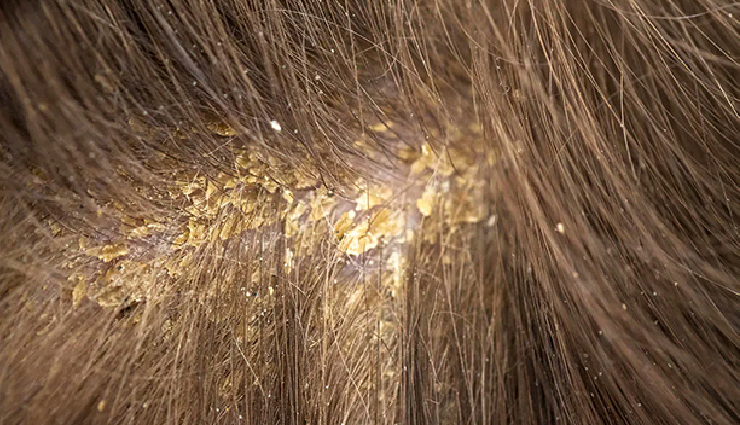
# Oily Dandruff
Also known as seborrheic dermatitis, this type results in greasy, yellowish flakes and is often associated with an overproduction of sebum (skin oil). It can lead to an itchy and inflamed scalp. Oily dandruff, also known as seborrheic dermatitis, is a common scalp condition characterized by the presence of greasy, yellowish or white flakes on the scalp and hair. It differs from dry dandruff in its appearance and underlying causes.
In addition to flaking, oily dandruff may cause redness, itching, and inflammation of the scalp. The scalp can feel oily and may become more prone to acne or pimples. Managing oily dandruff typically involves using specialized anti-dandruff shampoos and treatments designed to reduce the production of sebum and control the overgrowth of Malassezia. These products often contain ingredients like ketoconazole, selenium sulfide, or coal tar.
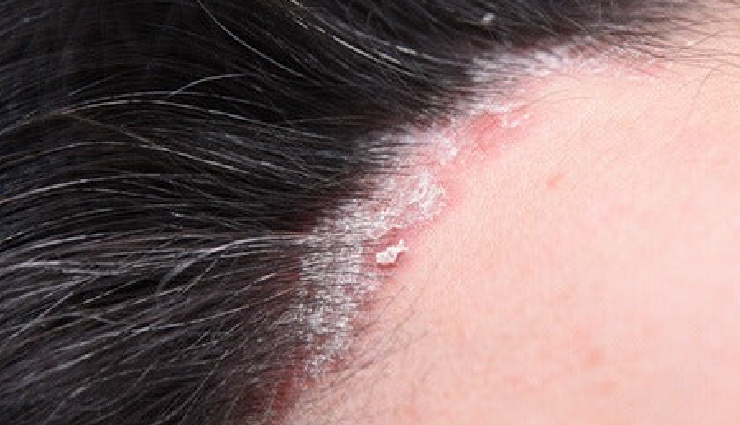
# Fungal Dandruff
This type is caused by the overgrowth of a yeast-like fungus called Malassezia. It can lead to excessive flaking and scalp irritation. Fungal dandruff, also known as pityriasis versicolor or seborrheic dermatitis, is a scalp condition caused by the overgrowth of a yeast-like fungus called Malassezia. This condition can lead to excessive flaking and irritation of the scalp.
Fungal dandruff typically presents as white or yellowish, greasy flakes on the scalp. It may be associated with redness, itching, and inflammation of the scalp. In addition to visible flakes, individuals with fungal dandruff may experience itching, a sensation of tightness or discomfort on the scalp, and sometimes a foul odor due to the fungal overgrowth.
Factors like humidity, excessive sweating, stress, and hormonal changes can trigger or exacerbate fungal dandruff. It is more common in adolescents and young adults.
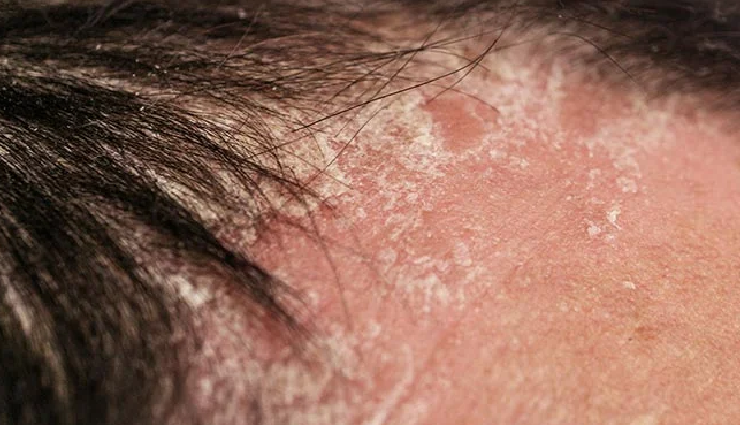
# Psoriasis
Psoriasis of the scalp can mimic dandruff, but it's a chronic autoimmune condition characterized by red, scaly patches of skin. Flaking is often more silver or silvery-white in color. Psoriasis dandruff, also known as scalp psoriasis, is a chronic autoimmune skin condition that affects the scalp. Unlike typical dandruff, which is often caused by dryness or fungal overgrowth, psoriasis is characterized by the rapid overproduction of skin cells, leading to the formation of thick, silvery-white scales and red, inflamed patches.
Psoriasis dandruff appears as thick, silvery or white scales on the scalp, often accompanied by red, inflamed patches. It may extend beyond the scalp onto the forehead, neck, and ears. Along with the characteristic scales, psoriasis dandruff can cause itching, burning, and discomfort on the scalp. Scratching the affected areas can lead to bleeding and increased inflammation.
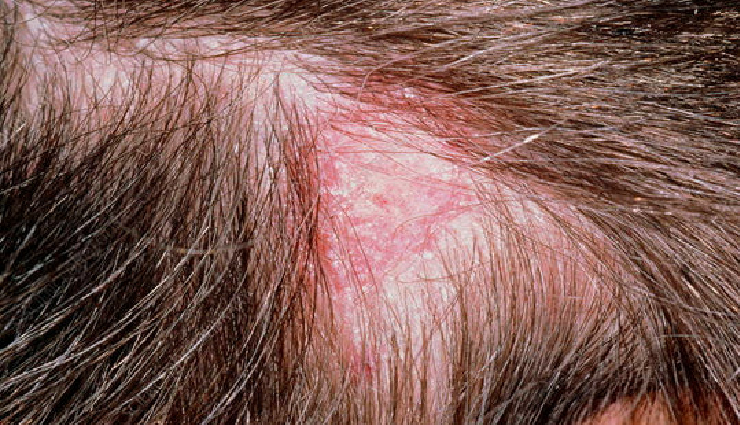
# Contact Dermatitis
Dandruff-like symptoms can result from an allergic reaction to hair care products, including shampoos, conditioners, or hair dyes. Contact dermatitis is a type of skin condition that can lead to dandruff-like symptoms on the scalp. It occurs when the skin on the scalp reacts to certain substances or allergens that come into contact with it.
The dandruff-like flakes associated with contact dermatitis may appear as small, dry, and white or yellowish scales on the scalp. Along with flaking, contact dermatitis can cause itching, redness, and swelling on the scalp. These symptoms are typically localized to the area of contact with the irritant. Allergic reactions to specific ingredients, fragrances, preservatives, or colorants commonly found in hair care products can trigger contact dermatitis. In some cases, sensitivity to latex or metals in hair accessories can also lead to scalp irritation.
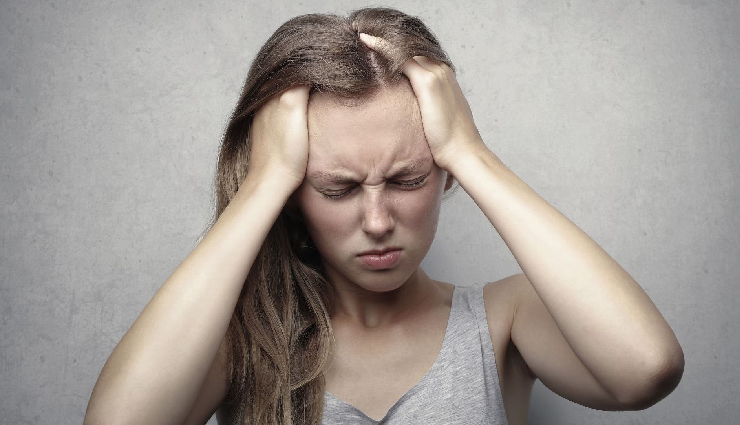
# Stress-Related Dandruff
High-stress levels can exacerbate dandruff, as stress may impact the health of your skin and scalp. Stress-related dandruff, also known as stress-induced dandruff, is a scalp condition that occurs in response to high levels of stress or emotional strain. Stress can affect various bodily functions, including the health of the skin and scalp.
The dandruff flakes associated with stress-induced dandruff are typically white or gray and may be similar in appearance to dry dandruff. They are often smaller and finer in texture. In addition to flaking, individuals with stress-related dandruff may experience an itchy and irritated scalp. Stress can exacerbate existing scalp conditions or lead to their development.
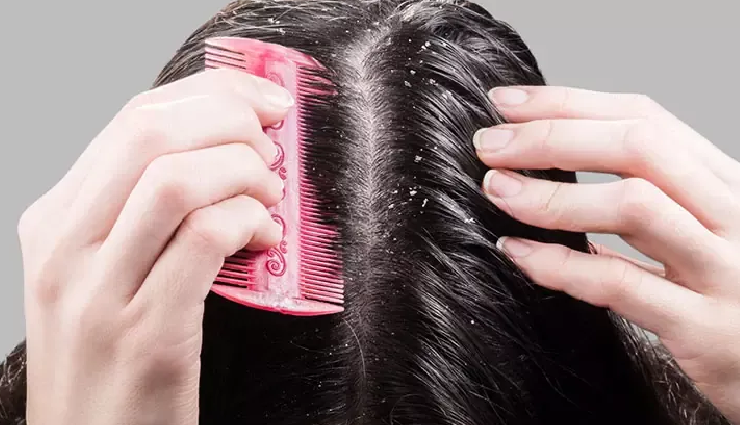
# Medical Conditions
Certain medical conditions like Parkinson's disease and HIV/AIDS can lead to dandruff as a secondary symptom. Dandruff can sometimes be associated with certain medical conditions, although it is more commonly related to factors like dry skin, oily scalp, or fungal overgrowth. When dandruff is linked to an underlying medical condition, it is typically a secondary symptom.





